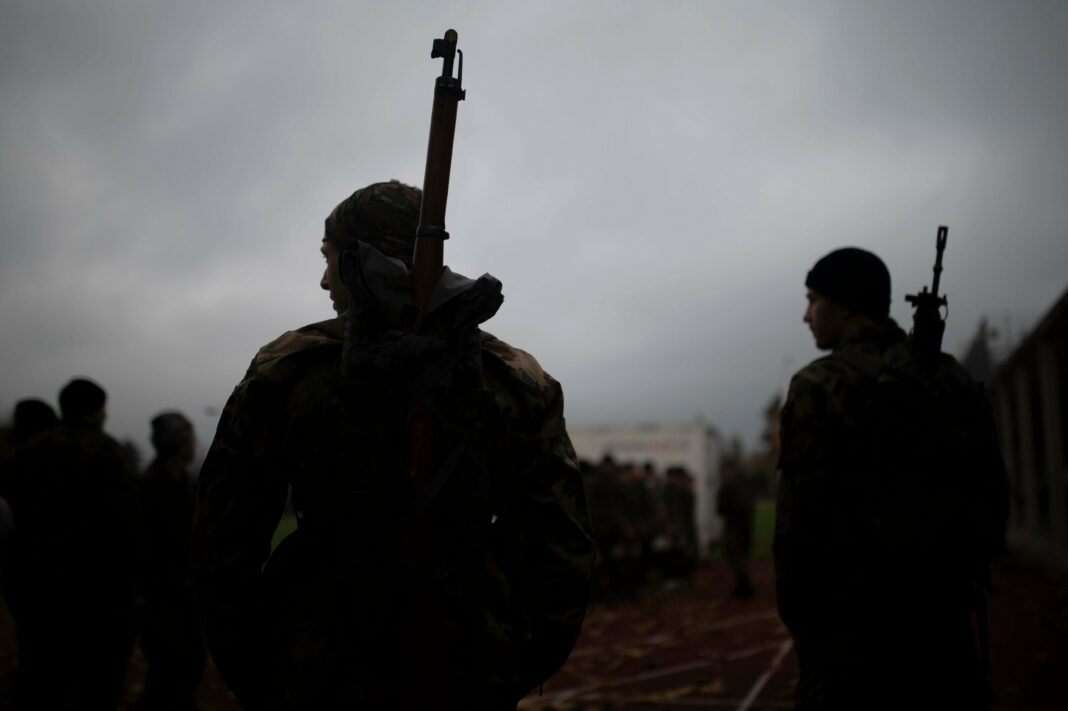The weapon run tradition, despite a decline since its peak, continues to adapt and survive. Originating in 1916, these events once drew thousands but now face challenges. Recent adaptations allow public participation, ensuring relevance. Participants don military gear and follow specific rules, while the atmosphere blends camaraderie with competition. As enthusiasts reflect on the event’s charm, it becomes clear that the weapon run’s legacy remains strong, resisting extinction and evolving into a unique community celebration.
The Resilience of the Weapon Run Tradition
The last Zurich weapon run was held in 2006. Following the event’s decline, organizer Stefan Holenstein expressed his dismay, stating, “The weapon run will die out, that’s clear.” While this sentiment holds some truth—after all, nothing lasts forever—the weapon run has not yet joined the ranks of the extinct species like the dodo.
On this early Sunday morning, as I make my way to the starting line for the 88th Frauenfeld military march, I pass by the Office for Monument Preservation of the Canton of Thurgau. It’s a fitting landmark, given that today’s focus is on preserving a cherished tradition with dignity.
A Historical Perspective on the Weapon Run
The inaugural “Army Luggage March” was held in Zurich back in 1916, designed to boost physical fitness during World War I. Over the years, weapon runs became the only running events in the nation, predating the establishment of fitness centers and the jogging craze that followed.
These events once attracted as many as 9,000 participants, generating significant media coverage and public interest. Notably, the show “Sportpanorama” dedicated valuable airtime to the impressive feats of athletes like Albrecht Moser, a champion in the 1980s. Moser faced reprimands from military leaders after he humorously remarked in an interview that the weapon run helped soldiers “flee quickly.”
Part of the reason for the event’s high visibility on television was that the runs typically finished by midday, allowing footage to reach broadcasters promptly. However, as the new millennium dawned, the popularity of weapon runs began to wane, leading to the cancellation of many events without replacement. Some attributed this decline to the actions of Mischa Ebner, a former champion who tragically committed a crime in Bern in 2002, but this connection is overly simplistic and unjust. It would be absurd to judge an entire sport based on the actions of one individual.
Attempts to modernize the weapon run have been timid at best; although women were welcomed to participate starting in 1986 and running shoes were allowed from 1991, the aesthetic clash between military uniforms and vibrant running shoes remains amusing.
Refreshment stations have also evolved, with military biscuits being replaced by sporadic offerings from spectators. The once-coveted “passage prize,” awarded to the first racer in Wil, has been eliminated—no more halberds for everyday use.
Despite these challenges, the “Frauenfelder,” often dubbed the “Wimbledon of weapon runs,” has found a way to adapt. By allowing the general public to participate in regular popular races on the same day, the event has ensured its survival. As Ernst Huber from the organizing committee notes, “As a pure weapon run, survival would have become difficult.”
Today, around 200 participants are set to take part in the weapon run, adhering to straightforward rules: a camouflage uniform, a 6.2-kilogram “package,” and a rifle are mandatory. Some runners creatively embellish their rifles with flags or flowers.
Amidst the pre-race formalities, an official commands participants to stand at attention, even taking a moment to clarify who they’re preparing for: “Weapon runners ready… for the weapon run.” Meanwhile, casual Swiss banter fills the air as friends catch up, despite the evident lack of warm-up routines.
The fastest participants complete the 42.2 kilometers in just under three hours, with the winner receiving around 300 francs and a jar of honey. But what draws people to spend their Sundays in this way? Are they career soldiers seeking weekend thrills? Raphael Josef, a multiple-time winner, chuckles as he explains, “I was indeed a career soldier. However, it’s a misconception that the field is filled only with military enthusiasts.”
Josef, who is gearing up for a marathon in Valencia, reflects on the unique challenge the weapon run presents. While he hasn’t yet decided on future participation, he acknowledges the event’s charm. “For elite athletes, the thrill has diminished; competition is lacking. Yet, it remains a beautiful tradition, almost like a local festival in Eastern Switzerland, where encouragement flows more freely for weapon runners than for those in civilian attire.”
It appears that the weapon run’s extinction is not imminent, and its legacy may endure for some time yet.
